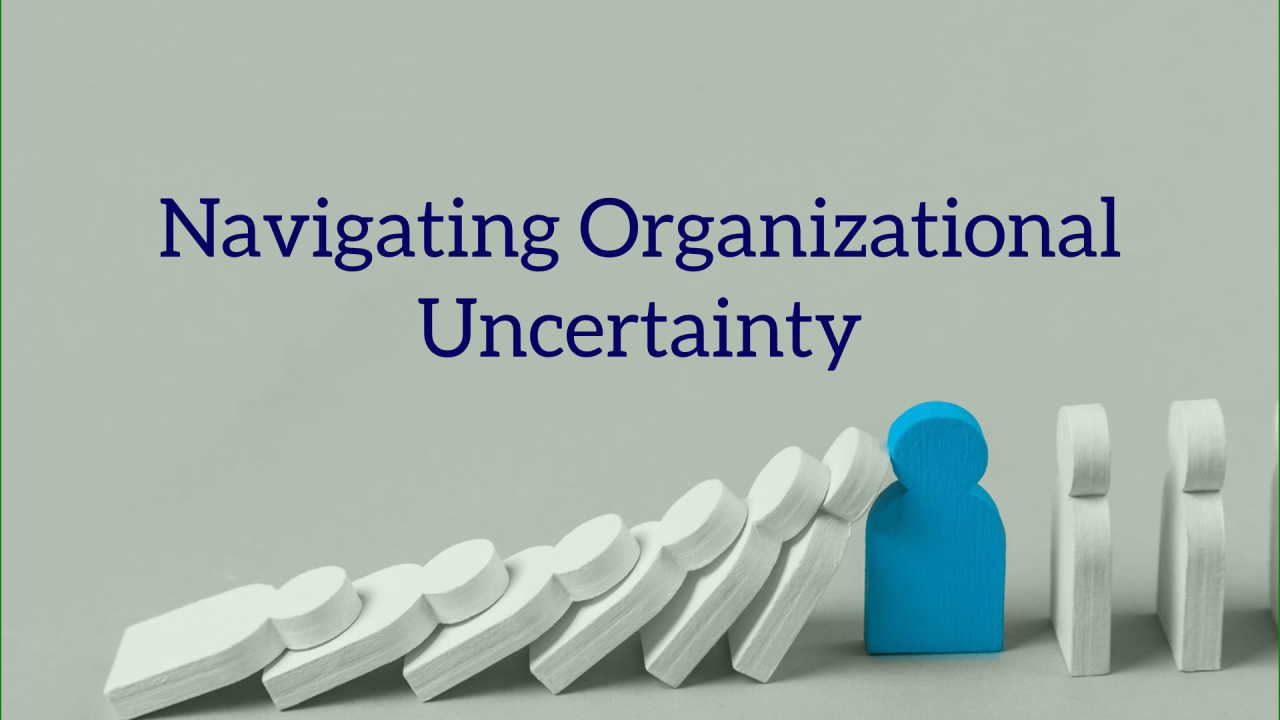
Navigating Quality Uncertainty: Identifying, Understanding, and Overcoming Challenges in Quality Management
Subramanian Shanmugam
Strategic Quality Leadership | Driving Excellence and Efficiency in Quality Assurance
Introduction:
Quality management is essential in ensuring consistent standards, customer satisfaction, and compliance. However, in today’s rapidly evolving landscape, maintaining quality isn’t just about adhering to established processes; it’s about managing and adapting to a wide range of uncertainties. These uncertainties can stem from sources like fluctuating supplier reliability, rapid technological advancements, environmental regulations, and evolving customer expectations.
This article explores the types of uncertainties quality functions commonly face, why they occur, and actionable strategies to overcome them. Through detailed tables, we’ll look at both foundational and emerging quality uncertainties, providing a roadmap for building resilience and adaptability in quality management.
Understanding Quality Uncertainty
Quality uncertainty refers to the unpredictable variables that can affect an organization’s ability to maintain consistent quality standards. Uncertainties may arise from both internal and external factors and can impact processes, product consistency, compliance, customer satisfaction, and more. The following sections delve into why these uncertainties occur, the specific challenges they pose, and effective strategies for managing them.
Why Do Quality Uncertainties Happen?
Uncertainties in quality management can emerge from several areas, each with its own root causes:
How to Overcome Quality Uncertainty
Overcoming quality uncertainty requires a proactive approach, including:
Mapping Quality Uncertainties and Proactive Actions
The following tables provide a comprehensive look at both foundational and emerging uncertainties in quality management. Each table identifies sources of uncertainty, describes the challenge, and suggests proactive actions to mitigate these risks.
Table 1: Core Quality Uncertainties and Proactive Actions
Table 2: Emerging Quality Uncertainties and Proactive Actions
Include the second table here, introducing its focus on evolving challenges from digital transformation, sustainability, and customer expectations.
Quality management today is about more than simply maintaining standards—it’s about being proactive and adaptive in the face of uncertainty. By understanding and addressing both foundational and emerging quality uncertainties, organizations can build resilient quality systems that not only meet compliance and customer demands but also adapt to a rapidly changing world.
The strategies outlined in this article, along with the practical tables, provide a roadmap for navigating these uncertainties. In a business landscape where quality is a key differentiator, embracing these proactive approaches will help organizations stay competitive, customer-focused, and resilient against unexpected challenges.